I have a great joy, more than one worry, and some hope.
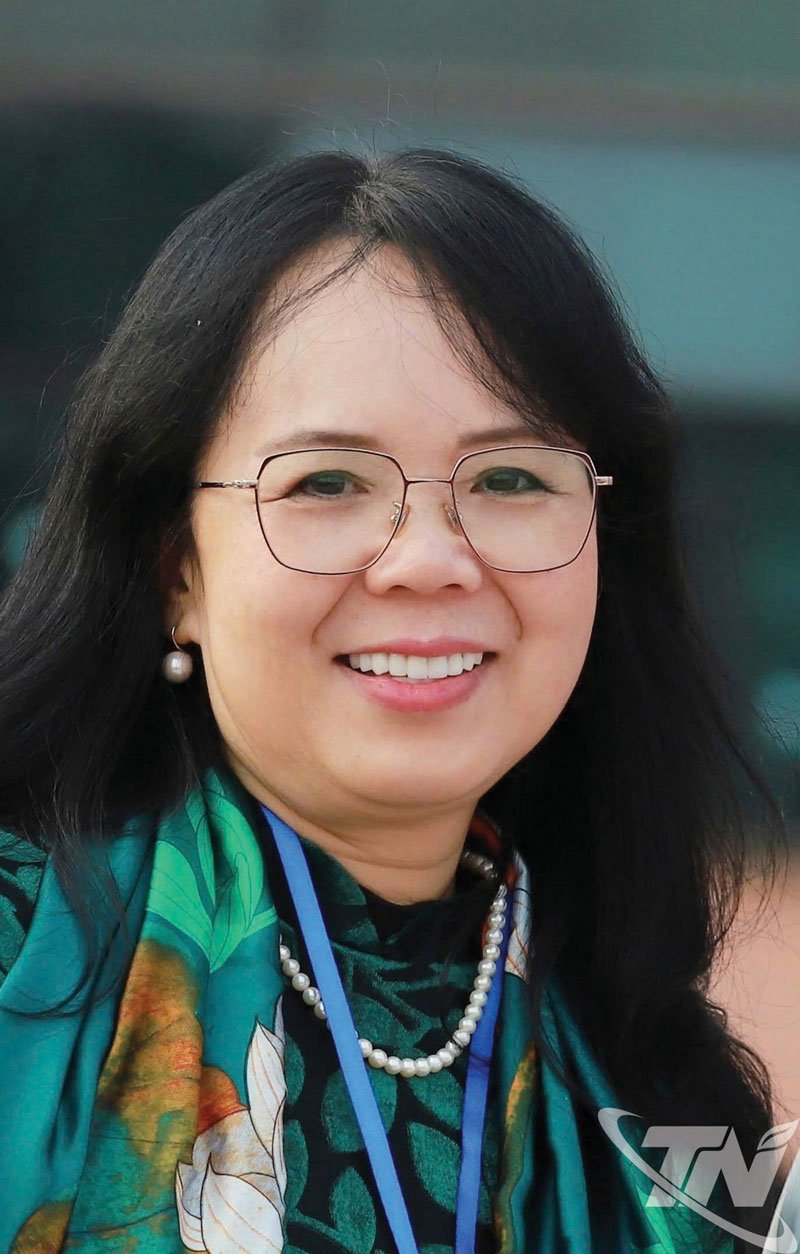 |
| Poet Nguyen Thuy Quynh - President of Thai Nguyen Province Literature and Arts Association. |
I am very happy that after the merger, Thai Nguyen culture will be extremely rich because it integrates the cultural achievements of a multi-ethnic community that is always conscious of caring for its own cultural uniqueness and diversity.
What I admire most is: In Bac Kan, preserving identity is always closely linked to preserving the living space of ethnic groups. The tangible cultural heritages, customs, languages, arts, and architecture of the ethnic groups in Bac Kan are preserved at the same time as protecting the living environment, natural landscapes, and traditional architectural works of the community. For many reasons, Bac Kan people have kept intact a green land with unique and long-standing values from people to nature.
I am concerned that cultural development investment policies will be difficult to implement in line with economic development policies. Because short-term and long-term economic growth targets - always a pressure on Party committees and authorities at all levels - can easily reduce the level of interest in cultural development investment. The slow implementation of existing policies, the failure to issue new policies, combined with the habit of cultural practices that emphasize formality and follow trends without appropriate methods and approaches that go into substance, will destroy the diversity, richness and identity of national culture.
I hope that the ethnic communities, including the artists of the ethnic groups, will be aware of their role as cultural subjects, and will continue to consciously preserve and enrich the national cultural identity. I also hope that businesses in Thai Nguyen will develop their economy on a cultural basis, not letting economic goals overwhelm them, not destroying the environment, and not harming the living spaces, where the cultural values of ethnic minority communities have been preserved for generations, for the sake of profit.
And I hope that the Party committees and authorities at all levels, along with policies prioritizing economic development, will give reasonable priority to the preservation and development of unique cultural values of ethnic groups. Economic development solutions associated with the need to protect spiritual life and protect national cultural identity do not only exist on paper but are implemented responsibly, with supervision, and respect for the law in handling violations.
When Bac Kan and Thai Nguyen join forces – a new cultural opportunity for the Viet Bac region
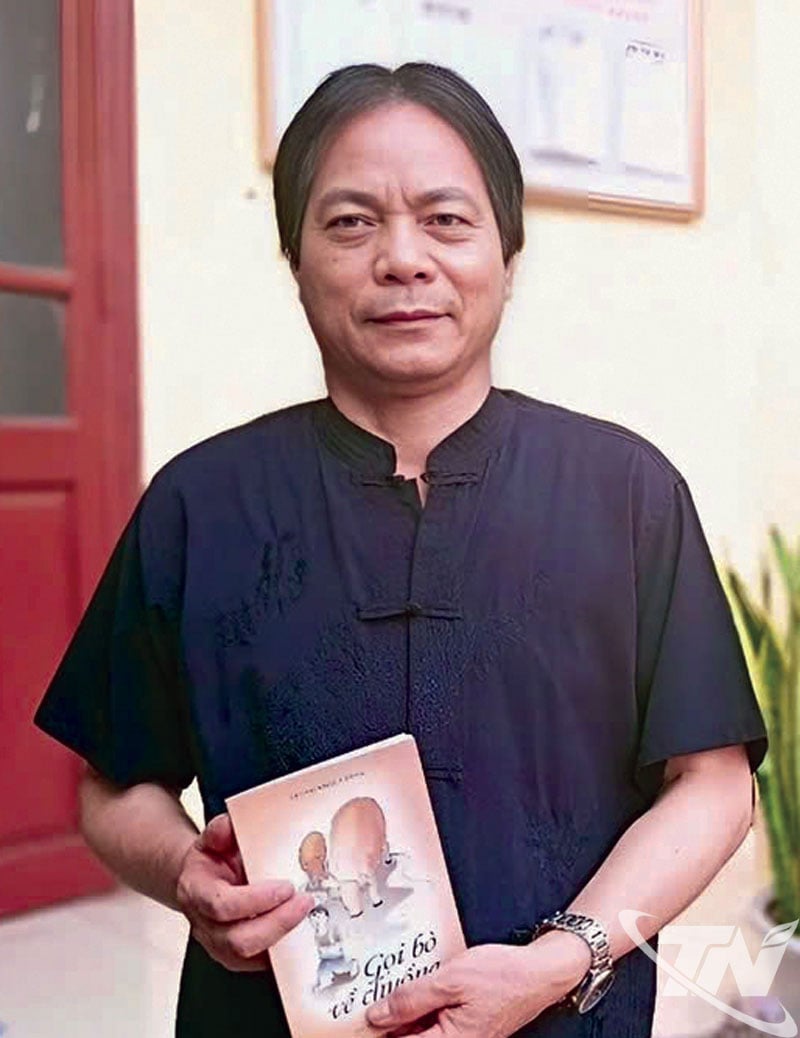 |
| Poet Duong Khau Luong, former Chairman of Bac Kan Literature and Arts Association. |
In terms of cultural life, Bac Kan and Thai Nguyen provinces have many similarities because they used to be one province, both belonging to the Viet Bac Cultural Region - a place with a rich historical and cultural tradition, and used to be a revolutionary base during the resistance war against French colonialism. Both localities possess a rich indigenous cultural treasure, diverse tangible and intangible cultural heritages, reflecting the rich spiritual life of the resident communities.
However, there are also certain differences between the two provinces. Thai Nguyen has a midland terrain, bordering the lowlands, so there is a clearer cultural exchange with the plains; at the same time, due to early industrial development, cultural life has changed, the impact of modernity is more obvious. On the contrary, Bac Kan is mainly a mountainous terrain, where many ethnic groups live together, so cultural life is less affected, traditional identity is preserved more evenly and deeply. The natural landscape and people of Bac Kan also have their own unique characteristics.
From a cultural perspective, I think the merger of the provinces will be a good opportunity to create cultural strengths for the new Thai Nguyen province. The diversity of ethnic groups, cultural heritage and landscapes will create a richer cultural picture, contributing to promoting the harmonious development between tradition and modernity. Thereby, not only enriching the cultural life of Thai Nguyen province, but also contributing to the sustainable development of the Viet Bac - Northeast region in the cause of building and defending the Fatherland in the new period.
Excited for the new journey
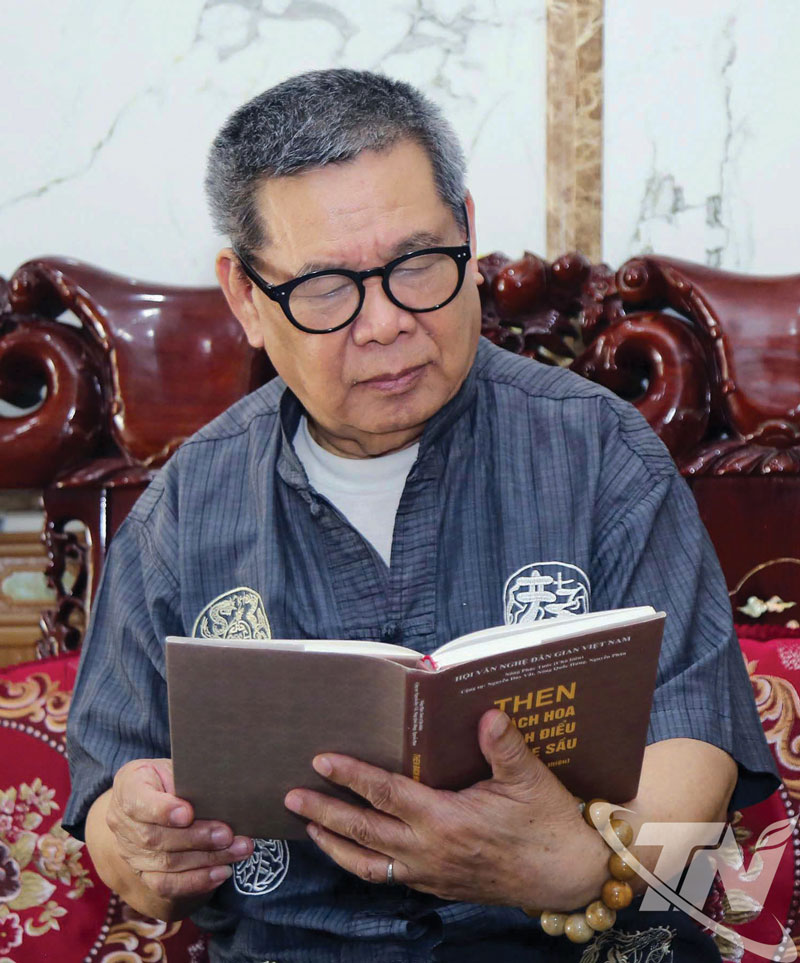 |
| Folklore researcher Nong Phuc Tuoc. |
Sometimes when I sit back and think, I feel that my life is very lucky. From 1965 to now (2025), within 60 years, I have witnessed and experienced three border arrangements between the two provinces of Bac Kan and Thai Nguyen.
I am a Tay ethnic child born and raised in a remote rural area of Bac Kan province, and grew up and worked in Thai Nguyen.
Over 50 years of working in the field of Culture - Folk Arts of ethnic minorities, mainly Tay, Nung, looking back at some of the achievements, I am very grateful to my hometown Bac Kan and Tay ethnic group. Three consecutive times received the 5-year award of Thai Nguyen province for Literature and Arts, along with many awards from the Vietnam Folk Arts Association.
The merger of the two provinces this time, along with the merger of the Bac Kan Literature and Arts Association and the Thai Nguyen Literature and Arts Association, is an extremely favorable opportunity for those working in the field of culture and folk arts of ethnic minorities.
Bac Kan is one of the cradles containing many unique ethnic cultural heritages such as the folk song Luon Coi of the Tay people; fairy tales about the land and people of Ba Be Lake; folk festivals of the Tay, Nung, Dao, Mong ethnic groups... We are extremely excited to embark on the new journey after the merger of the two provinces. Hopefully, we will have small contributions to the professional work we are pursuing. In addition, this may also be an opportunity for me to fulfill my long-cherished wish: to convey my limited knowledge of Tay Nom script, so that the next generation can access, learn, and research the cultural and artistic heritage of the Tay people that is still hidden in the ethnic group.
Tay Nom script is the cultural heritage of the ethnic group. The Tay people under 60 years old are very few, if any, able to read and write. This is a reality that I am very concerned about, but “powerless”. Learning Tay Nom script is not difficult, but there must be two minimum conditions, which are being able to speak Tay language fluently and being able to read and write Chinese characters (Han characters); in addition to loving and being passionate about it. The ancient Tay intellectuals were all good at Chinese characters, so they relied on Chinese - Chinese characters to create Tay Nom script.
A new journey has begun, and I am eager to embark on a new and exciting journey.
Thai Nguyen - Bac Kan in the joy of integration: A song of cultural harmony and sustainable development
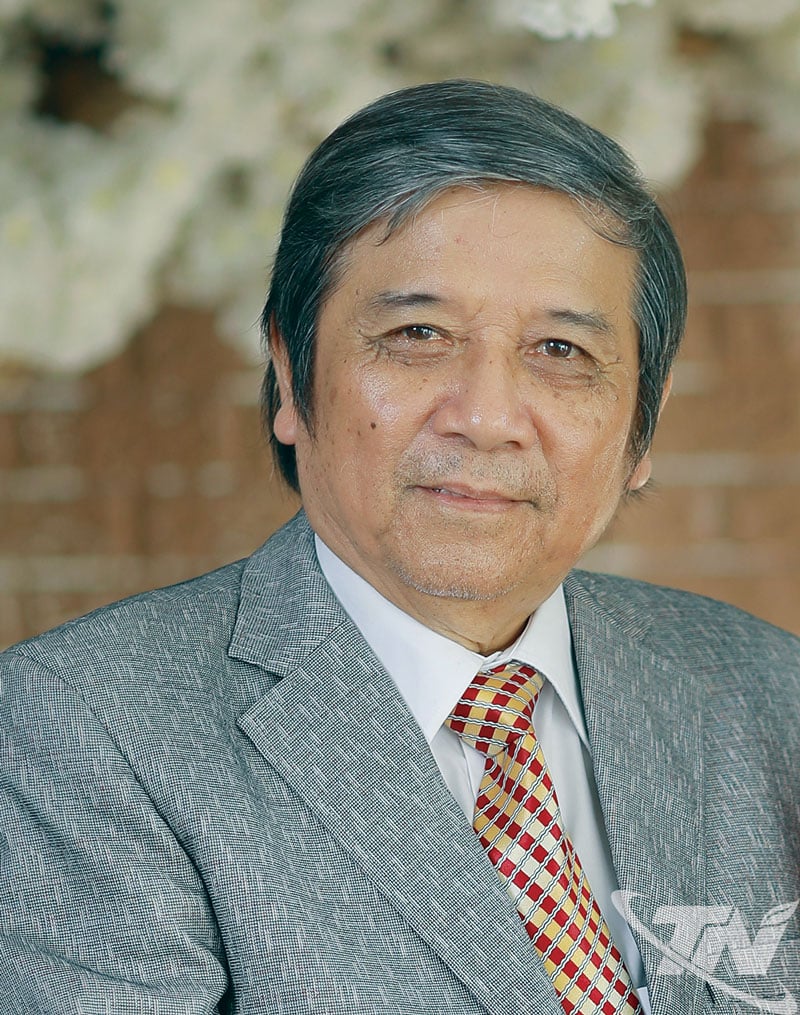 |
| Writer Ho Thuy Giang. |
From 1965 to mid-1997, the two provinces of Thai Nguyen and Bac Kan merged for the first time with the name of the province being Bac Thai. Since then, there has been economic, cultural, educational integration... However, that was a period when the whole country in general and Bac Thai in particular had not yet developed, and were still heavily affected by the war against the US...
At that time, Bac Kan land (including districts of Bach Thong, Na Ri, Cho Don...) was quite far from the center, but it can be said that ethnic minorities in remote areas made significant contributions to the overall development of the whole province, especially in culture, arts, education...
The two (old) provinces with different cultural identities have enriched and diversified the common culture of the whole (new) province. By 2025, with the merger of the whole country, Thai Nguyen - Bac Kan will be under one roof again. But this time, the two provinces, two lands are merged in a new position, a new destiny. If the first merger was just like a prelude, in these years it has become a triumphant song.
In addition to the dynamic economic combination, cultural exchange also faces new opportunities. The spiritual life between Thai Nguyen and Bac Kan people is becoming more friendly, becoming "one family". The fine customs, unique folk songs and dances such as sli, luong, then, hat quan lang, hat luong, bat dance, chau dance, fan dance... that were once closely associated with the cultural life of the Tay people in Bac Kan, have now become... precious spiritual assets of the people of the whole Thai Nguyen province.
The strengths of Thai Nguyen in higher education, culture, tourism, tea, etc. will certainly have a great influence on the young generation of Bac Kan people. It can be said that the integration of Thai Nguyen - Bac Kan is the crystallization of favorable conditions of time, place and people. Certainly, with the leadership of the Party and the authorities at all levels, the land of "The Capital of Thousand Winds" will be brought to a new height.
Culture converges in the land of "Windy Capital"
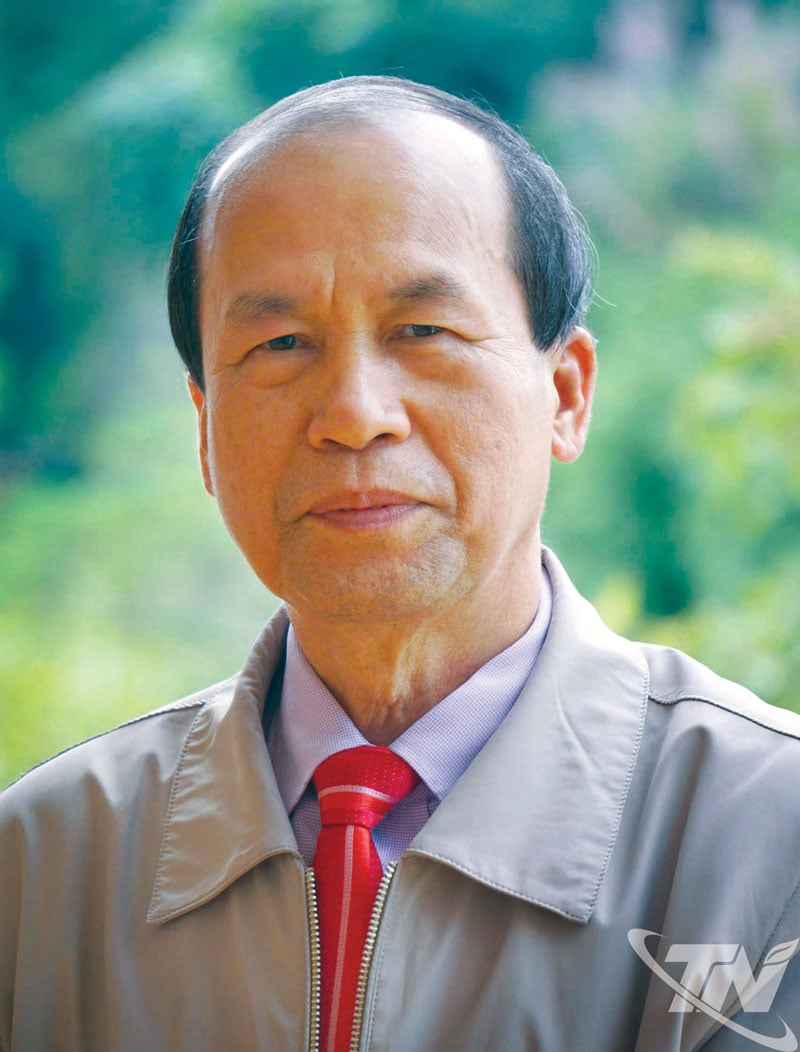 |
| Author Ma Phuong Tan, former Chairman of Bac Kan Literature and Arts Association. |
Bac Kan and Thai Nguyen are both lands rich in patriotic and revolutionary traditions, closely associated with the Viet Bac base - "The Windy Capital" during the resistance war against France. Therefore, both provinces have many similar revolutionary historical relics. This is also the residence of many ethnic groups such as Kinh, Tay, Nung, Dao, Mong, San Diu, San Chay, Hoa..., creating a diverse and rich cultural space. Of which, the Tay and Nung people account for a large proportion, their culture deeply influences the common spiritual life of the two provinces. In particular, Then singing and Tinh lute - a typical intangible cultural heritage of the Tay and Nung people - are cultural symbols not only of Bac Kan, Thai Nguyen but also of the entire Viet Bac region. Many traditional customs and festivals of the two localities also have similarities, notably the Long Tong Festival - a typical agricultural festival.
In terms of differences, Thai Nguyen has a higher level of urbanization and economic development, is the third largest education and training center in the country, with many prestigious universities and colleges. Therefore, Thai Nguyen culture is strongly influenced by modern urban areas. On the contrary, Bac Kan is a mountainous province with rugged terrain, less affected by urbanization, and its culture still retains its original features. Thai Nguyen also has a favorable geographical location, plays the role of a regional center, so it has a clearer convergence and cultural exchange. Meanwhile, Bac Kan still has limitations in transportation and economy, so the level of cultural exchange is still limited.
However, the cultural life of the two provinces still has many similarities, especially in terms of ethnic composition, Tay-Nung heritage and revolutionary tradition. The merger of Bac Kan into Thai Nguyen to form the “new Thai Nguyen” is expected to create a profound cultural exchange, enriching the regional identity.
First of all, the cultural identities of ethnic minorities will have the opportunity to converge and spread more strongly. Each ethnic group brings with it its own costumes, festivals, folk songs, and dances. The connection will promote exchange and learning between communities, forming a rich and diverse cultural space. This is also a favorable condition for developing cultural tourism, from eco-tourism, indigenous experiences to spiritual culture, cuisine, etc.
Second, the system of revolutionary historical relics, especially the Safe Zone (ATK), will be linked, honored and promoted more effectively, contributing to traditional education and attracting tourists.
Finally, the merger will facilitate increased exchanges between artisans and ethnic communities; thereby preserving, performing and teaching traditional cultural values. This is a golden opportunity for the cultural values of the two regions to converge, interact, and enrich the cultural identity of the “new Thai Nguyen” – a dynamic land, rich in tradition and with great development potential.
Culture is the strong thread connecting Bac Kan - Thai Nguyen
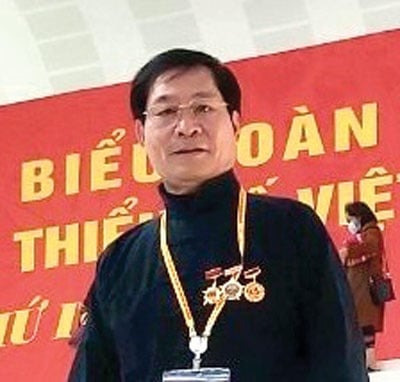 |
| People's Artist Nong Xuan Ai. |
The merger of administrative units not only poses new requirements for socio-economic development, but also raises the issue of preserving and promoting local cultural identity. In that flow of innovation, it is important to awaken similar cultural values, the bonds that have been deeply rooted in the souls and lives of the people of Bac Kan and Thai Nguyen for generations. Bac Kan and Thai Nguyen are both located in the Viet Bac cultural space - the sacred land of revolution, where many unique traditional values of ethnic minority communities converge. The people of the two localities mostly share the same ethnic origin, language, customs and behavioral culture. They drink the same water from the Cau River and the Nang River; together preserve and resonate folk melodies such as Then, Coi singing, Luon singing - rustic, profound sounds that have become the soul of this land.
However, each locality also has its own nuances. Thai Nguyen is a dynamic development center, where urban and rural elements, lowland and highland regions blend together to create a diverse picture. Meanwhile, Bac Kan retains its rich indigenous cultural colors like a pristine, unadulterated treasure. It is this harmonious difference that is an important premise for creating sustainable convergence, not through assimilation, but through understanding and respect.
Art is the most powerful catalyst to promote exchange. Organizing folk art festivals, recreating traditional festivals, and developing community tourism not only helps promote cultural values but is also a way for the two local communities to participate, create and preserve together. That is the way for Bac Kan and Thai Nguyen to not only merge administratively, but also truly blend into a rich and profound Viet Bac cultural identity - creating a foundation for sustainable development in the new era.
Source: https://baothainguyen.vn/van-nghe-thai-nguyen/202507/hoa-nhip-van-hoa-hoi-tu-tinh-hoa-vuon-tam-phat-trien-2211289/


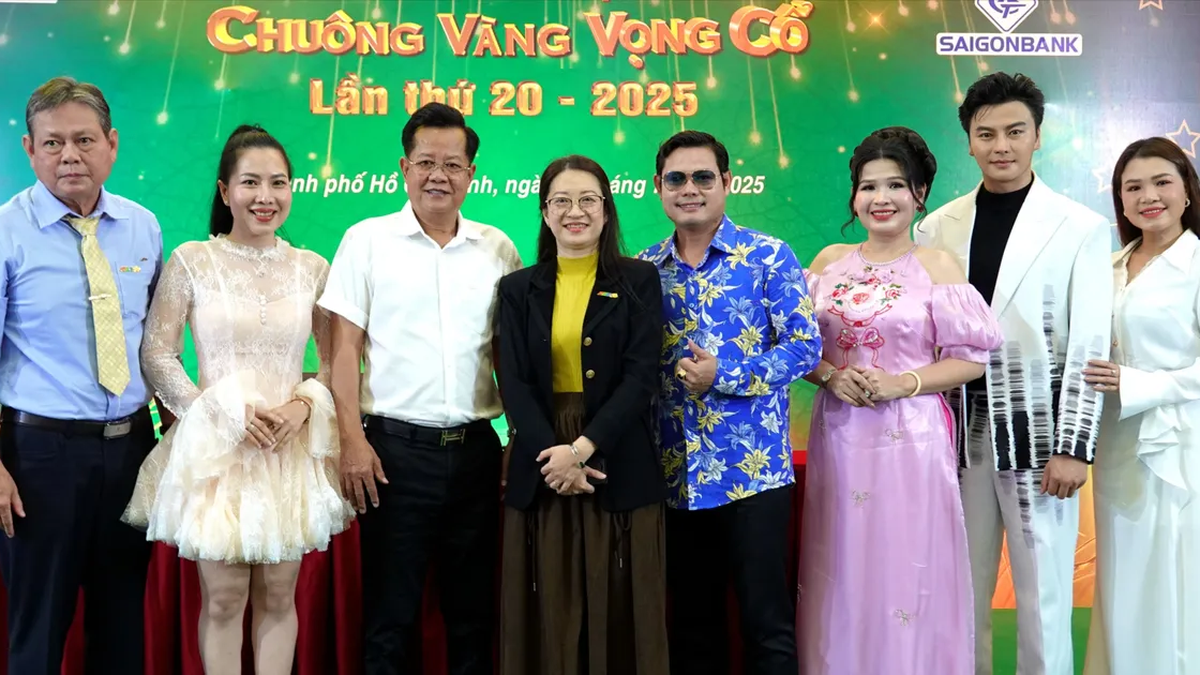
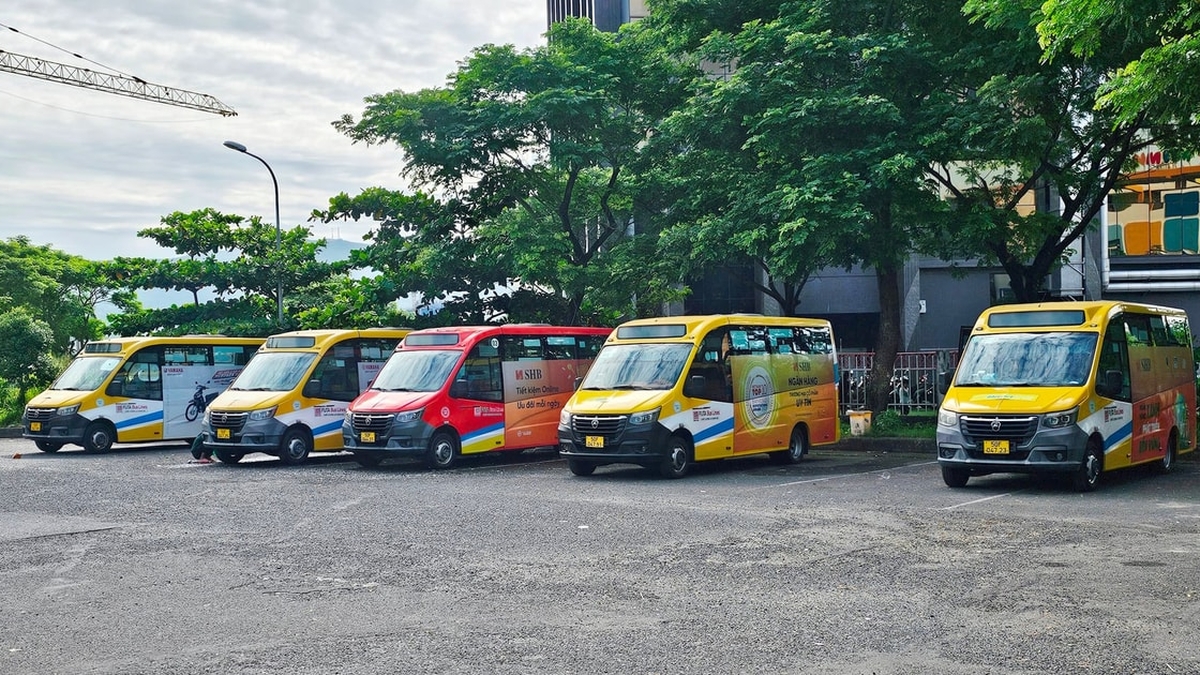
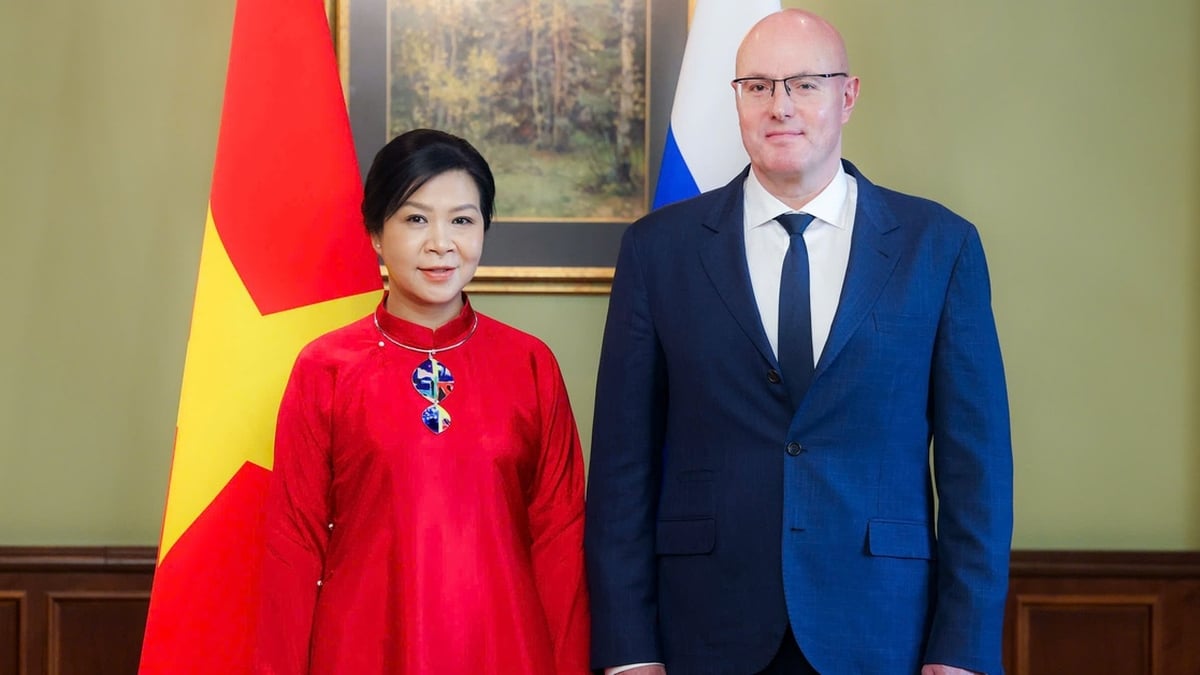
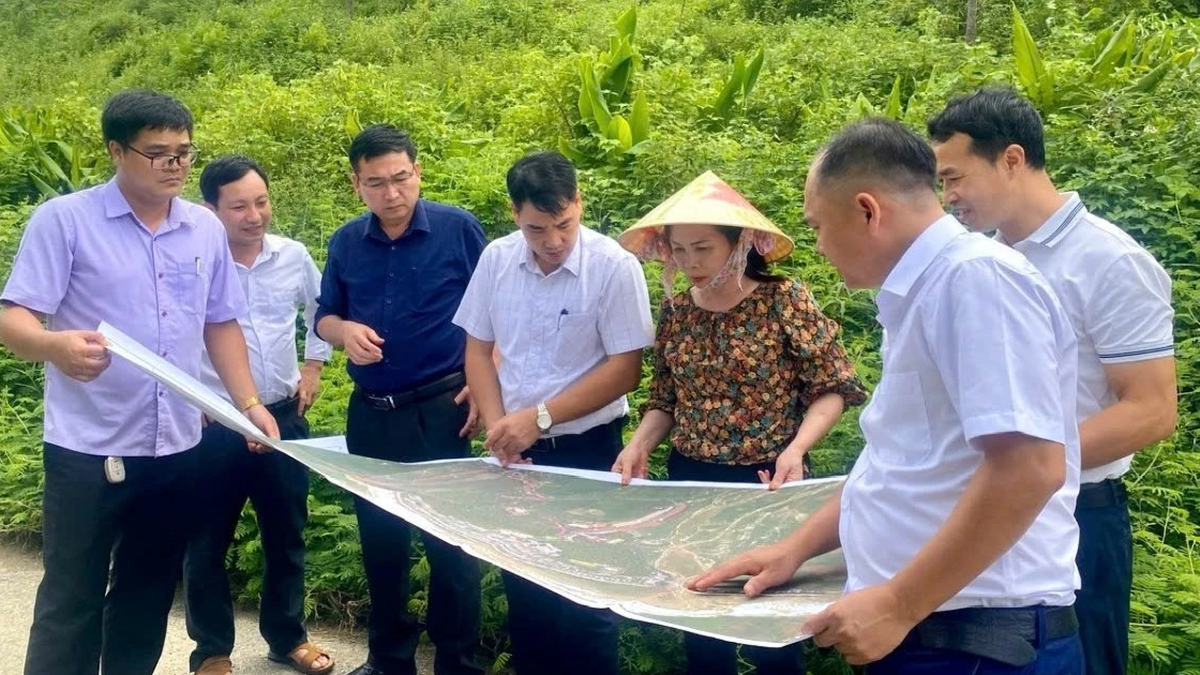
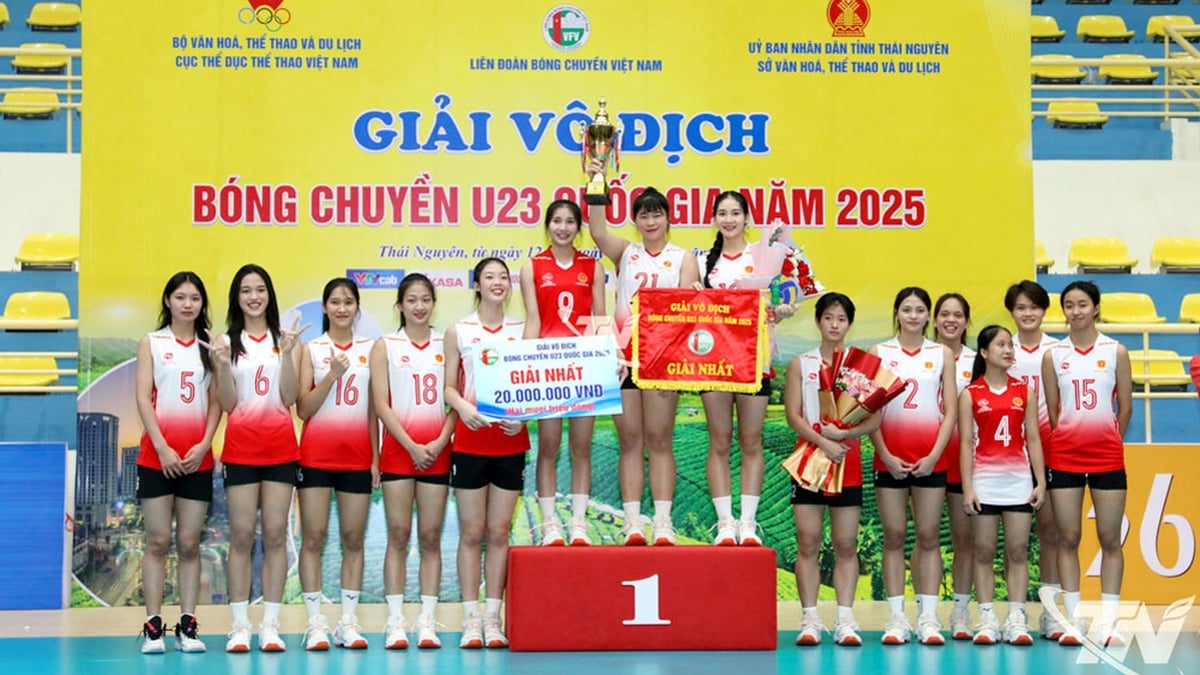

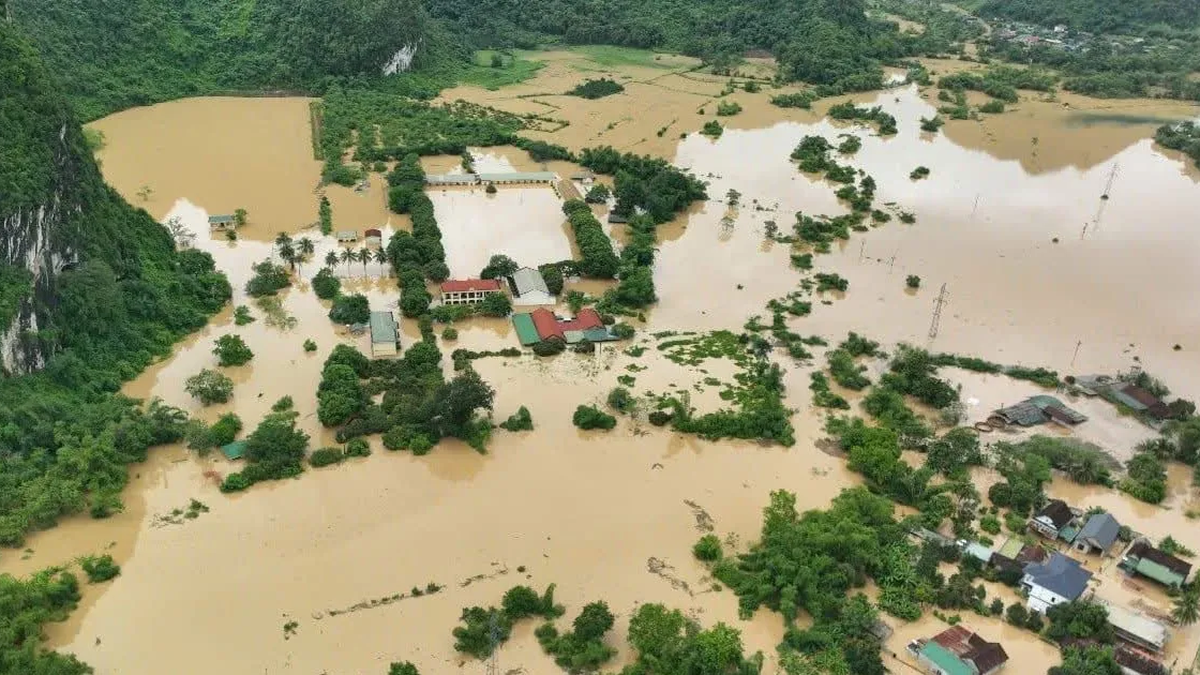


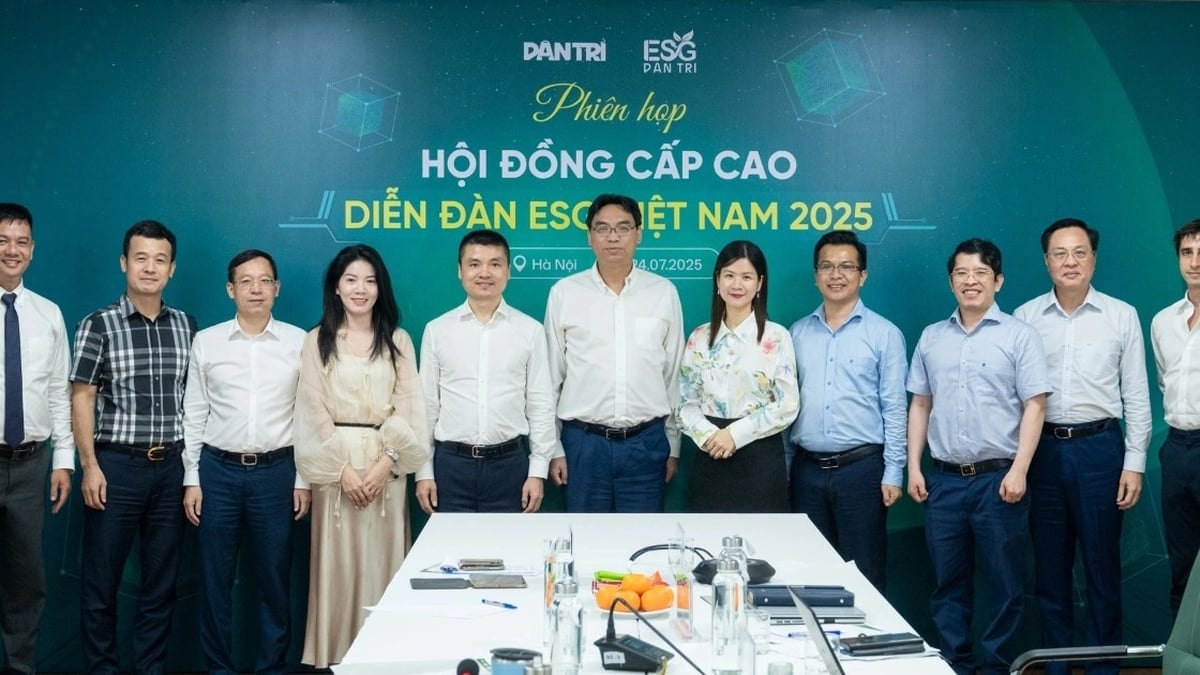

















![[Photo] Signing of cooperation between ministries, branches and localities of Vietnam and Senegal](https://vphoto.vietnam.vn/thumb/1200x675/vietnam/resource/IMAGE/2025/7/24/6147c654b0ae4f2793188e982e272651)


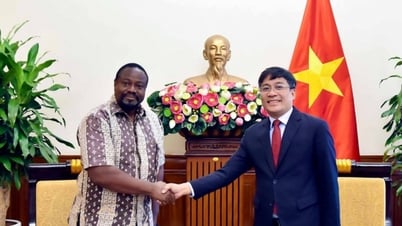

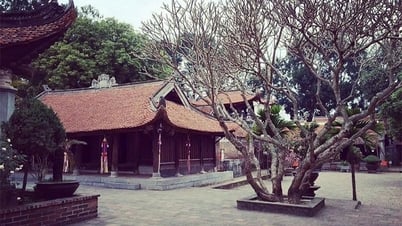

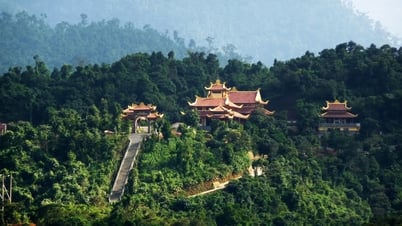

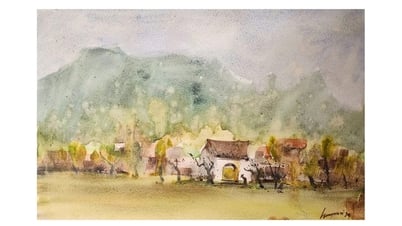

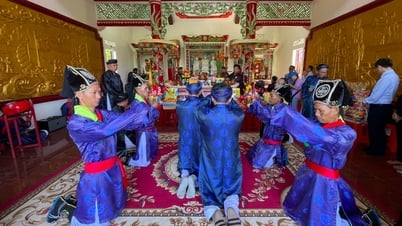

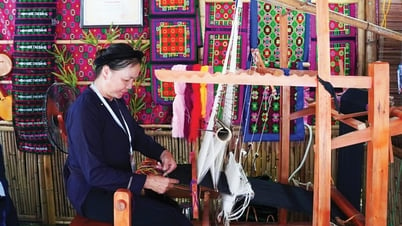

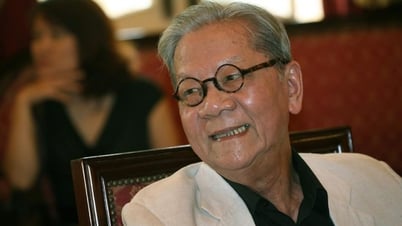



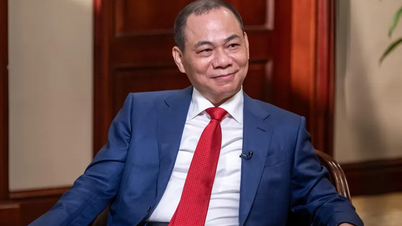
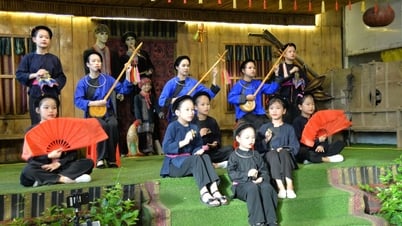





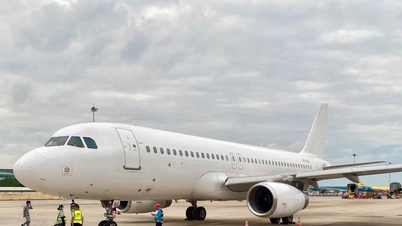


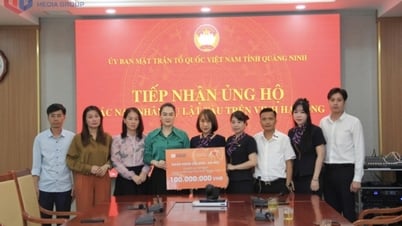

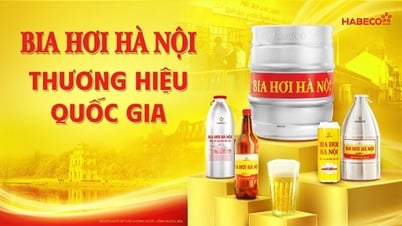

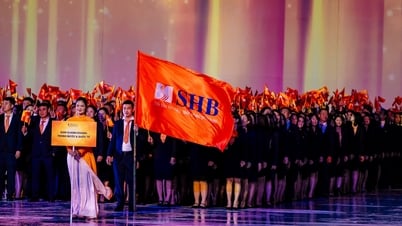

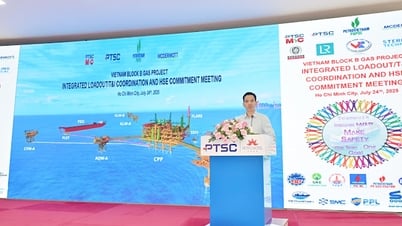


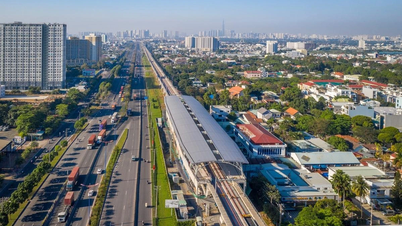


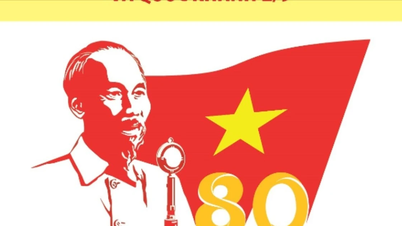


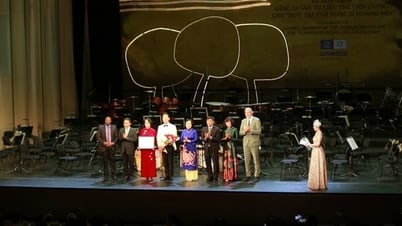

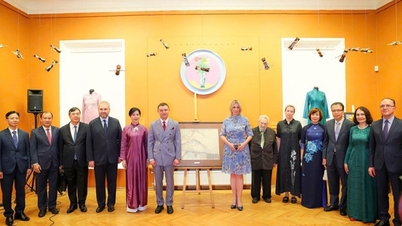
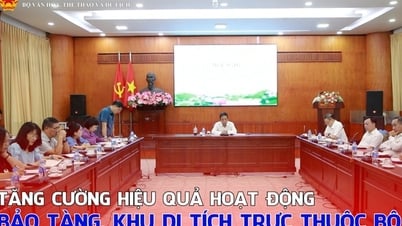
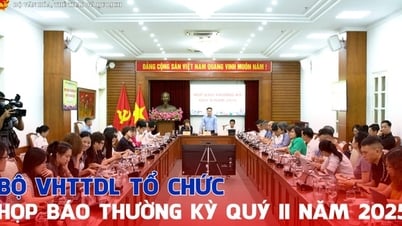
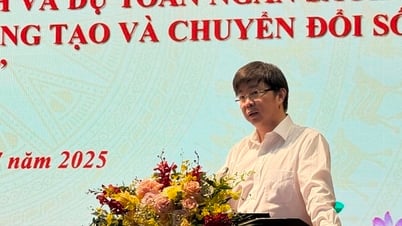

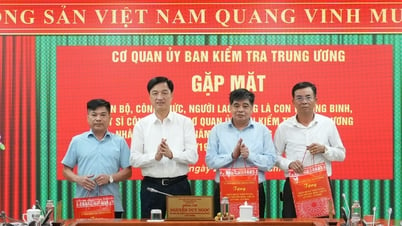












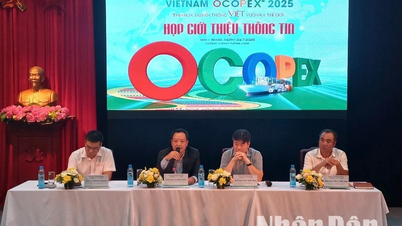
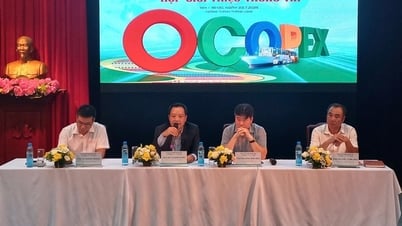

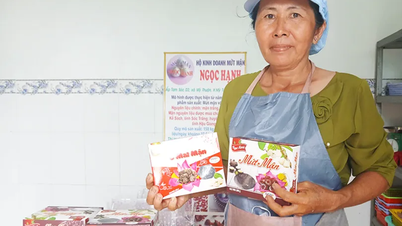

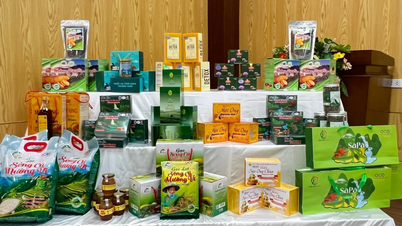



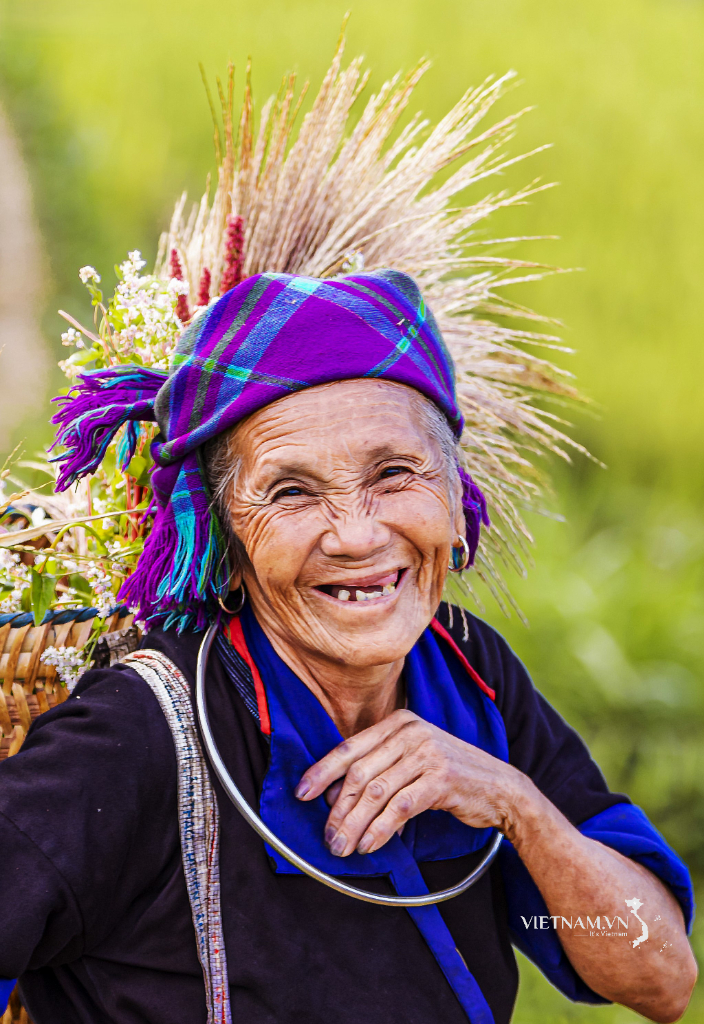

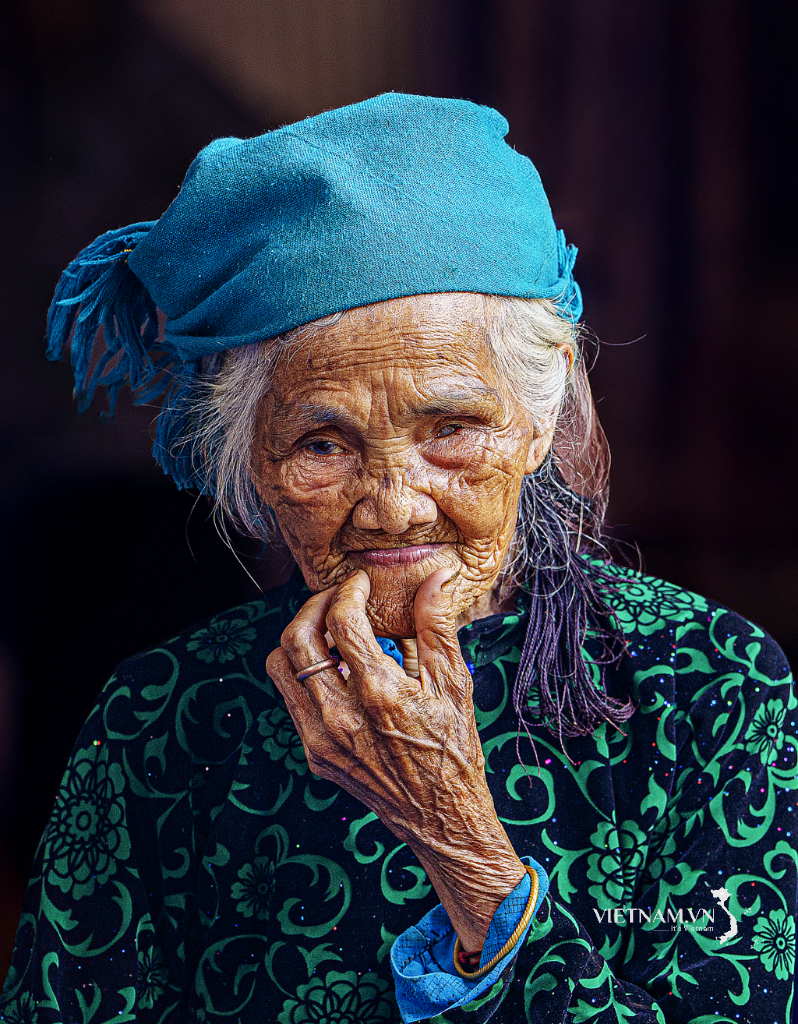
Comment (0)